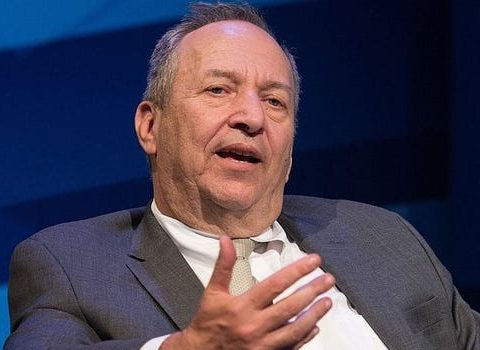Elon Musk’s Scorecard: The 10-Year Treasury Yield
Elon Musk has established the 10-year Treasury yield as an unofficial metric for measuring the effectiveness of DOGE initiatives. Musk contends that if DOGE successfully implements its cost-cutting measures, Treasury yields will decrease.
Post-Election Trends
Following a surge after the election, Treasury yields have seen a decline recently. However, this drop is not due to the results DOGE anticipates.
A New Economic Metric
Historically, Donald Trump evaluated a presidency’s health through the lens of stock market performance, but a new metric has emerged: the 10-year Treasury yield. Scott Bessent, Trump’s choice for treasury secretary, highlighted the reduction in yields as a key performance indicator for the administration from the outset.
Musk’s Perspective
Taking this concept further, Musk, who has been assigned the task of reducing government costs, views the 10-year yield as a barometer for the efficiency of the bureau. In simple terms, a lower yield signifies improved conditions for individuals looking to purchase homes or secure business funding.
Market Indicators and DOGE
Musk believes the market will align with reduced bond yields if DOGE can convincingly indicate that decreased government expenditure will positively impact the US budget deficit and the growing national debt. Despite the 10-year yield dropping nearly 30 basis points in the last week, experts suggest the decline stems from a weakening economic outlook, ironically exacerbated by uncertainty surrounding DOGE.
The Shift in Economic Sentiment
The market’s attention has shifted towards the anticipation of slowing economic growth, diverging from previous trends where weak data prompted risk-on behavior due to the potential for faster interest rate cuts. Analysts at Morgan Stanley observed that this relationship changed last week, as a series of underwhelming economic reports led to the stock market’s most significant downturn of 2025.
Economic Expert Insights
Jay Hatfield, CEO of Infrastructure Capital Advisors, commented that the recent decline in yields is attributed to frail economic indicators, such as slowing Q4 GDP growth, poor January retail sales, and diminishing ISM data. This continuous stream of lackluster data has considerably lowered projections for first-quarter economic growth, with the Atlanta Federal Reserve’s GDPNow tracker now indicating a 2.3% expansion, down from 3.9% earlier in the month.
DOGE and Economic Growth
Some prominent investors and strategists view DOGE in the context of economic slowdown rather than a catalyst for reduced yields. Mike Wilson, Morgan Stanley’s chief investment officer, mentioned that DOGE’s aggressive start may initially pose a headwind to growth due to federal spending cuts and workforce reductions.
Moreover, Torsten Sløk, chief economist at Apollo, argues that layoffs stemming from DOGE could disrupt labor markets, which would reflect in economic data and subsequently affect asset prices. Sløk estimates that DOGE could lead to approximately 300,000 federal job losses, resulting in nearly 1 million total job losses.
“Any increase in layoffs will push jobless claims higher over the coming weeks,” he added, “and such a rise in the unemployment rate is likely to have consequences for rates, equities, and credit.”













